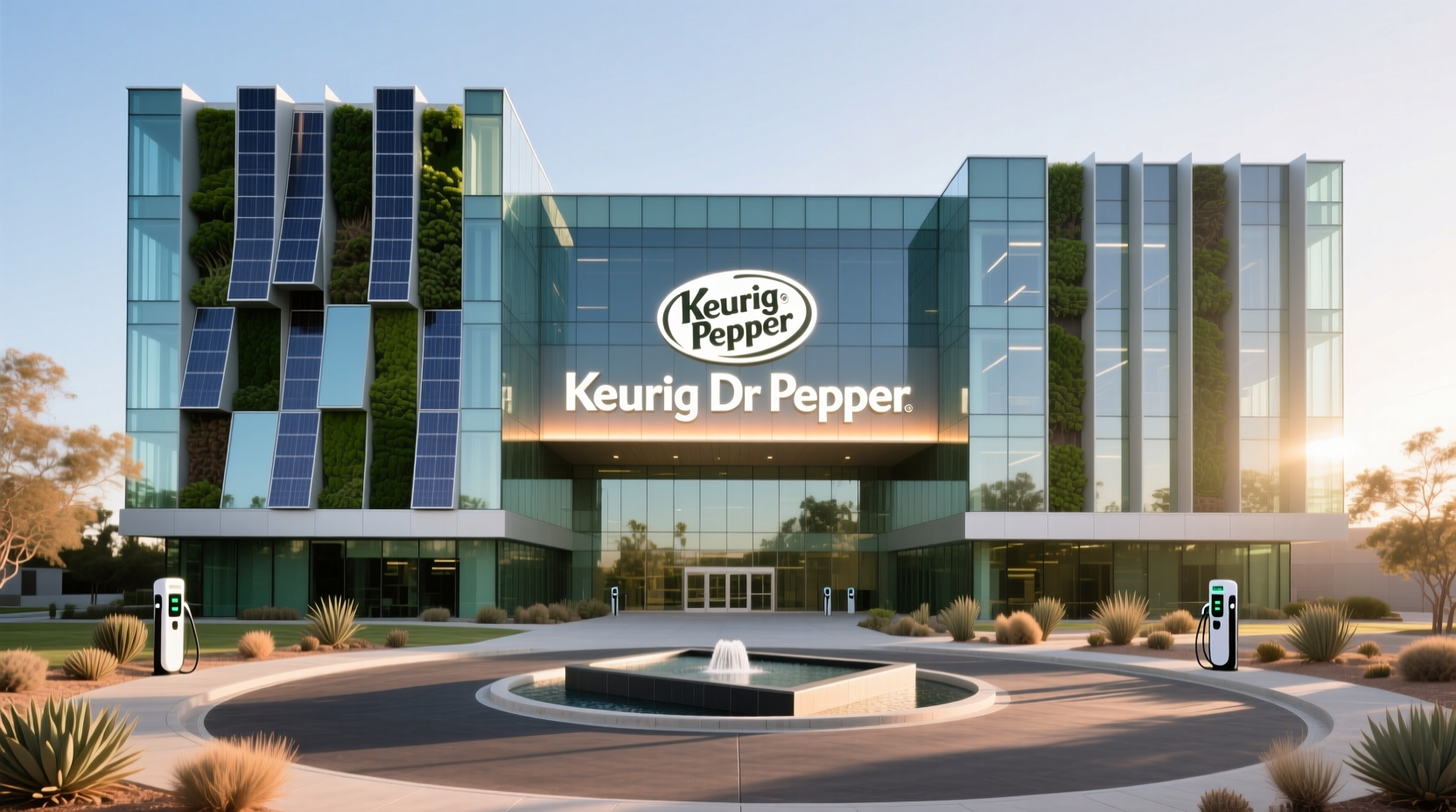Understanding Dr Pepper's Corporate Ownership Today
If you've ever wondered who controls the iconic cherry-vanilla soda that's been refreshing consumers since 1885, you're not alone. Millions search for who currently owns Dr Pepper each year as beverage industry consolidations continue reshaping the market. The direct answer matters for investors, business analysts, and even curious consumers who want to understand the corporate structure behind their favorite beverages.
Today, Dr Pepper operates under Keurig Dr Pepper (KDP), a major beverage company formed through strategic mergers. This isn't just a simple ownership situation—it represents years of corporate evolution that transformed a regional Texas soda into a global brand portfolio.
Current Corporate Structure: More Than Just a Soda Company
Keurig Dr Pepper isn't merely a soda manufacturer—it's a diversified beverage powerhouse. The company maintains three primary business segments that serve different market channels:
| Business Segment | Key Products | Distribution Channels |
|---|---|---|
| Consumer Packaged Goods | Dr Pepper, Snapple, 7UP, A&W, Canada Dry | Retail grocery, convenience stores, mass merchandisers |
| Fountain Beverages | Dr Pepper, Sunkist, Canada Dry syrup systems | Quick service restaurants, movie theaters, food service venues |
| Keurig Single-Serve Systems | K-Cup pods, brewing systems | Retail channels, direct-to-consumer |
This diversified approach explains why Dr Pepper corporate ownership extends beyond just the flagship soda brand. The company manages over 125 beverage brands across multiple categories, making it one of North America's most significant non-alcoholic beverage producers.
Dr Pepper Ownership Timeline: A Century of Corporate Evolution
Understanding Dr Pepper brand history requires examining its ownership journey. The brand's stewardship has changed hands multiple times since pharmacist Charles Alderton created the formula in Waco, Texas:
- 1885-1929: Dr Pepper Company (independent regional producer)
- 1929-1978: Coffee, Tea and Spices division of Cadbury Schweppes
- 1978-1986: Dr Pepper Company (spun off as independent entity)
- 1986-1995: Acquired by Forstmann Little & Company (private equity)
- 1995-2008: Merged with Canada Dry to form Cadbury Schweppes Americas Beverages
- 2008-2018: Dr Pepper Snapple Group (DPS) after spin-off from Cadbury Schweppes
- 2018-Present: Keurig Dr Pepper following merger with Keurig Green Mountain
This Dr Pepper ownership history demonstrates how beverage industry consolidation has shaped the brand's trajectory. The 2018 merger created a $11 billion company with significant market presence across North America.

Verifying Dr Pepper's Current Ownership
When researching who makes Dr Pepper today, it's essential to consult authoritative sources. The most reliable verification comes directly from:
- Securities and Exchange Commission filings: Keurig Dr Pepper's official 10-K annual report confirms corporate structure and ownership (SEC.gov document EDGAR filing 0001193125-23-074325)
- Corporate website: The "About Us" section of keurigdrpepper.com details the company's formation and brand portfolio
- Business databases: Dun & Bradstreet and Bloomberg list Keurig Dr Pepper as the legal entity responsible for Dr Pepper production and distribution
These sources confirm that while Dr Pepper operates as a distinct brand, it falls under the corporate umbrella of Keurig Dr Pepper, which maintains headquarters in Burlington, Massachusetts and Plano, Texas.
Why Dr Pepper's Ownership Matters to Consumers
Understanding who owns Dr Pepper Snapple Group provides context beyond corporate trivia. The ownership structure affects:
- Product availability: Distribution networks determine which regions carry specific Dr Pepper variants
- Recipe consistency: Corporate stewardship maintains the century-old formula across global markets
- Brand innovation: R&D investments drive new product development like Dr Pepper Ten or sugar-free variants
- Market competition: Beverage industry consolidation influences pricing and marketing strategies
For consumers seeking Dr Pepper brand history details, this corporate context helps explain why certain flavors appear in specific markets while disappearing from others.











 浙公网安备
33010002000092号
浙公网安备
33010002000092号 浙B2-20120091-4
浙B2-20120091-4